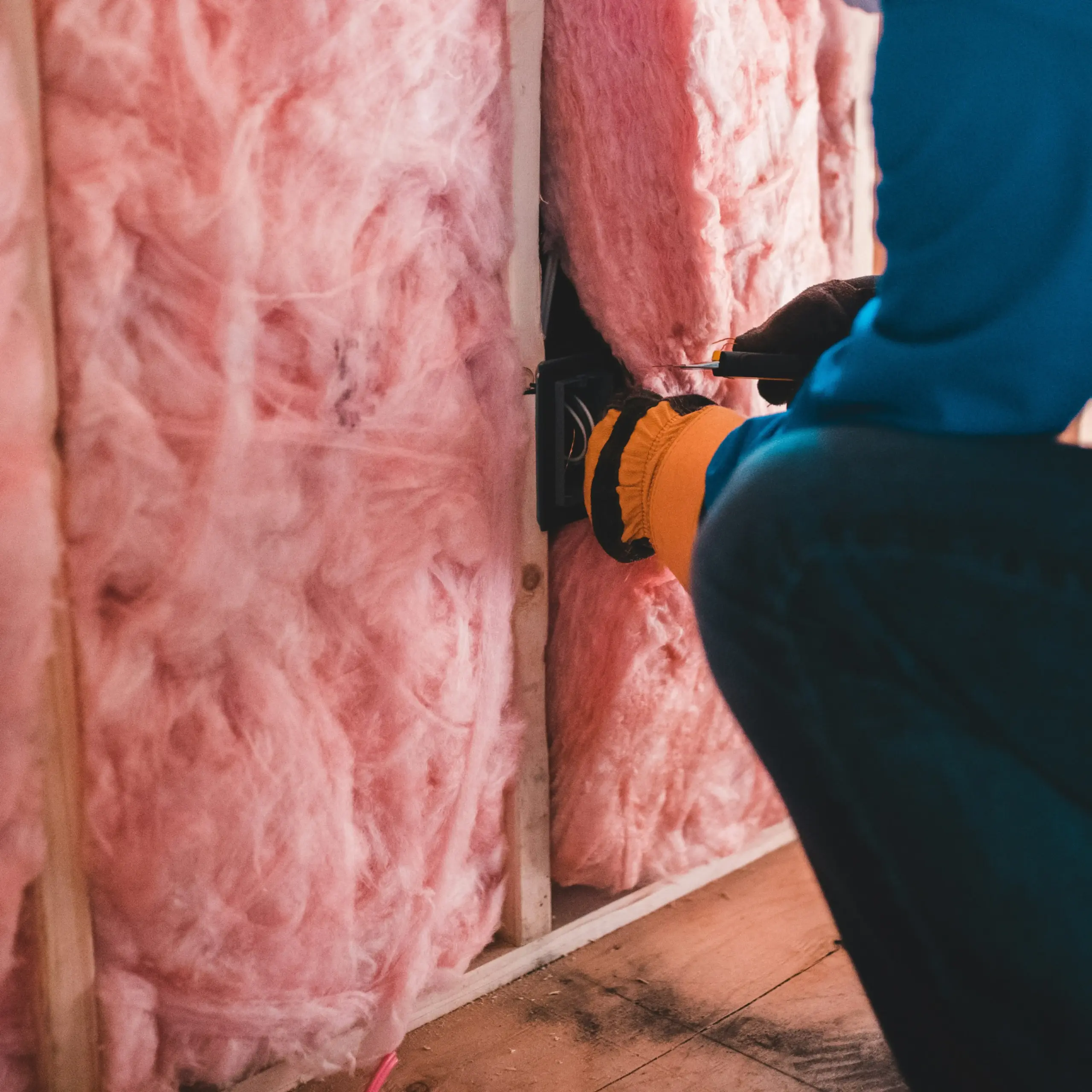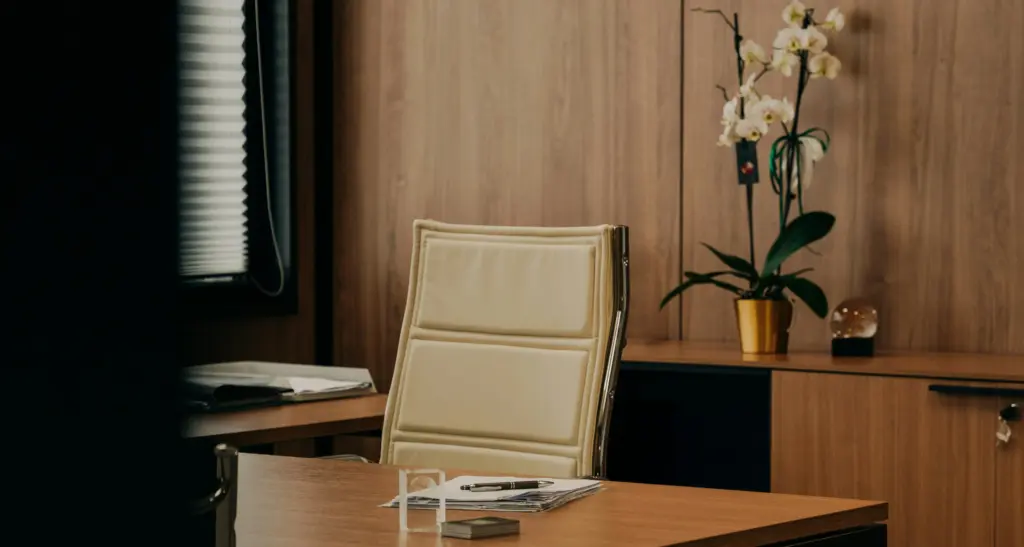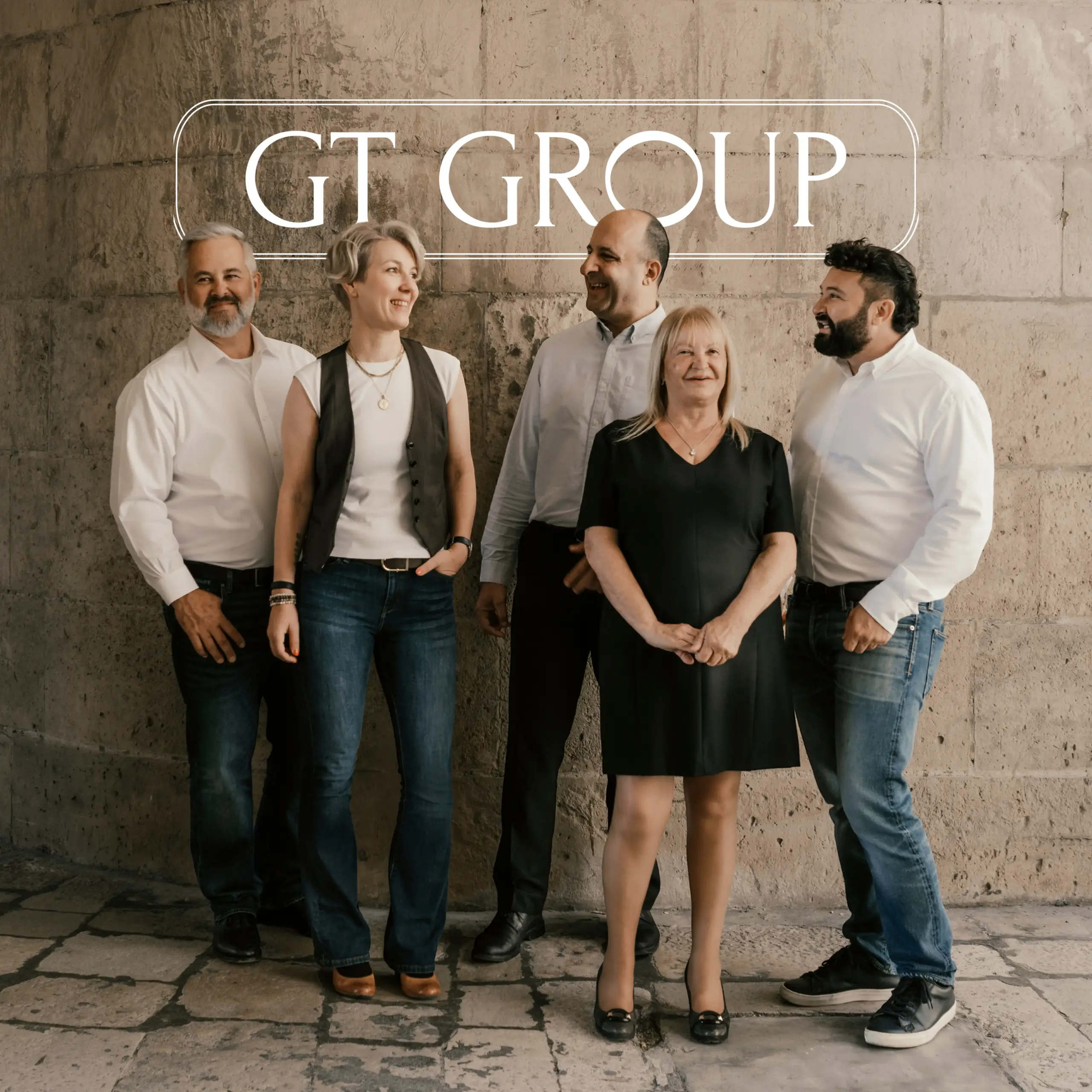Every successful building begins with a clear vision. But for that vision to translate into a truly functional and refined space, interior design needs to be part of the conversation from the very start. It is not an afterthought, a final layer, or something to be added once the structural work is complete. When interior design is considered from day one, the results speak for themselves. The space works better. The experience is smoother. And the value is significantly higher.

Interior design is more than furniture placement or finish selections. It is a strategic discipline that bridges how a space is built with how it will actually be used. From spatial planning to lighting strategy, from material performance to acoustics, interior designers shape the experience of a building in ways that influence everything from day-to-day functionality to long-term tenant retention.
When brought in early, interior designers can help avoid common inefficiencies. They can inform key decisions about floor plate design, natural light distribution, and utility placement, ensuring that the layout supports productivity, wellbeing, and flow. This reduces costly rework later in the process and creates spaces that do not just meet technical requirements but exceed user expectations.
In commercial property, time is money and space is a business asset. A poorly designed interior can result in underused square metres, frustrated tenants, and higher turnover. In contrast, an interior that reflects the needs of modern business adds measurable value. It supports hybrid work models, improves user comfort, and enhances brand identity. It also strengthens leasing potential by offering move-in ready functionality with minimal post-handover intervention.
Interior design also contributes to the long-term durability of the building. By selecting materials that perform well under commercial use and specifying layouts that support natural movement and visibility, designers help reduce wear and maintenance demands over time. The space becomes more resilient, more adaptable, and more aligned with the demands of modern business.
At GT Group, we believe interior design is an integral part of the development process, not a cosmetic detail. In our business centres, we see how thoughtful interiors increase productivity, reflect professionalism, and support tenant growth. By involving design professionals early, we ensure that every square metre delivers lasting value for the people who work in it and the investors who own it.
In commercial property, design is not just about how a space looks. It is about how it works, how it performs, and how well it holds its value over time. Starting with interior design on day one is not just smart planning. It is a commitment to building spaces that are truly built for more.








